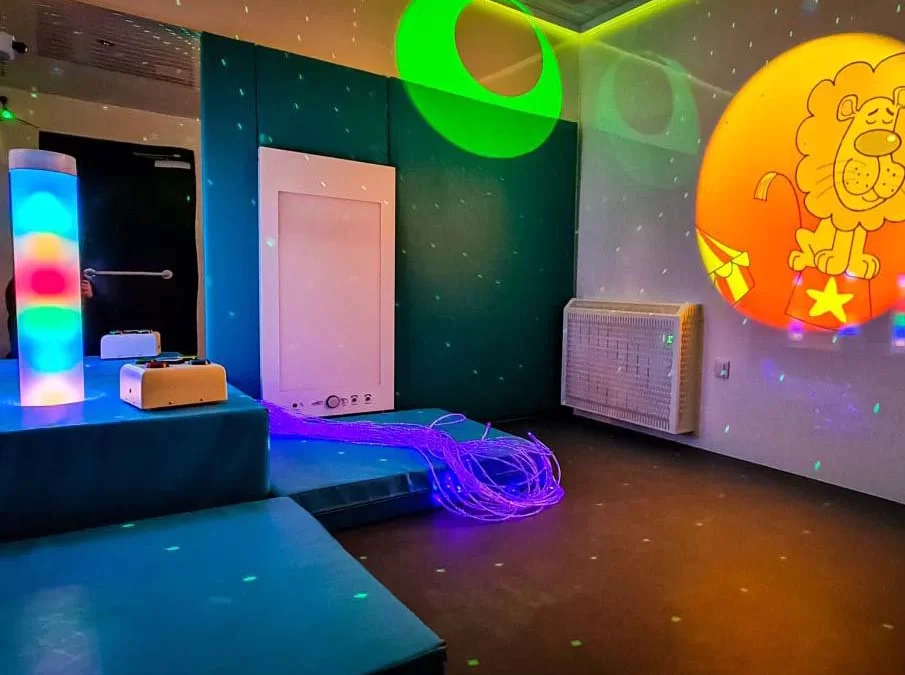In the bustling world, we live in, finding a sanctuary where children can explore their senses, engage in imaginative play, and find moments of tranquility is essential. Sensory tents provide the perfect gateway to sensory adventures, offering a dedicated space for children to immerse themselves in a world of sensory exploration. In this blog, we will dive into the fascinating realm of sensory tents, discover their benefits, and explore creative sensory tent ideas to transform these spaces into captivating sensory wonderlands for children.
Understanding the Power of Sensory Tents
Sensory tents are enclosed spaces designed to stimulate and engage the senses of children. They provide a haven for children to retreat to, offering opportunities for relaxation, imaginative play, and sensory regulation. By creating an environment that is both soothing and stimulating, sensory tents can have a profound impact on a child’s overall development, fostering creativity, improving sensory integration, and promoting emotional well-being.
Captivating Sensory Tent Ideas
- Nature Retreat: Transform the sensory tent into a serene nature retreat by adorning it with elements inspired by the great outdoors. Add soft grass mats, faux trees, and twinkling lights to create a peaceful ambiance. Incorporate nature sounds, such as chirping birds or rustling leaves, to complete the sensory experience. Children can engage in imaginative play, create nature-inspired artwork, or simply relax in this calming sanctuary.
- Underwater Wonderland: Dive into an underwater adventure by transforming the sensory tent into an enchanting underwater world. Use blue fabrics, translucent materials, and hanging sea creature decorations to mimic the depths of the ocean. Install a bubble tube or project moving aquatic images to create a mesmerizing underwater effect. Children can explore tactile sensory bins filled with colored water beads or engage in pretend play as they become deep-sea explorers.
- Sensory Safari: Take children on an exciting sensory safari by creating a tent inspired by the wild. Use animal print fabrics, faux grass, and plush animal toys to set the scene. Hang vine-like decorations from the ceiling and incorporate natural scents, such as vanilla or eucalyptus, to enhance the sensory experience. Children can engage in imaginative play as they go on a safari adventure, feel different animal textures, or listen to recordings of animal sounds.
- Cosmic Exploration: Embark on a sensory journey through the vastness of space by transforming the sensory tent into a cosmic wonderland. Use dark fabrics adorned with twinkling fiber optic lights to create the illusion of stars. Hang glow-in-the-dark planets and celestial objects for a captivating visual effect. Add soft cushions and blankets for a cozy space-themed reading nook. Children can engage in sensory activities like moon sand play, experiment with glowing sensory materials, or learn about the wonders of the universe.
Conclusion
Sensory tents provide a gateway to sensory adventures, igniting children’s imaginations and fostering their sensory development. By creating captivating environments inspired by nature, underwater worlds, safaris, or cosmic journeys, children’s play tents offer a dedicated space to explore their senses, engage in imaginative play, and find moments of tranquility. These sensory wonderlands can stimulate creativity, improve sensory integration, and promote emotional well-being. As we venture into the realm of sensory tents, let us embrace the power of sensory experiences, allowing children to embark on incredible adventures right within the confines of these magical spaces.


